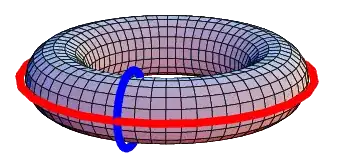Outside of characteristic $2$ fields, there is a correspondence between quadratic forms and symmetric bilinear forms. (You can still say something in the characteristic $2$ case, you just have to be more careful.)
So in some sense, what you must have already learned with the run-of-the-mill dot product of vectors actually generalizes in a very nice way to include more interesting spaces.
In the case of $\Bbb R$, say, this allows vectors with zero length and negative length. In the case of $\Bbb R^3$ with $Q((x,y,z)=x^2+y^2-z^2$, you get a indefinite but nondegenerate bilinear form on the space. By specifying a hyperboloid sheet in this space, you can model the hyperbolic plane.
I think if you are interested in this, I would like to recommend Kaplanksy's Linear algebra and geometry to learn about quadratic and bilinear forms, and then find a basic exposition on differential geometry that explains the roots of the extrema tests (mentioned by H.R.) in terms of quadratic forms.
In differential geometry, the first and second fundamental forms incorporate bilinear/quadratic forms. Not just a single form, mind you, but these actually speak of a family of forms, one for each point of some surface in space. The forms can differ from point to point depending on the nature of the space, but at any given point, the form gives information about the shape of the surface near the point.
